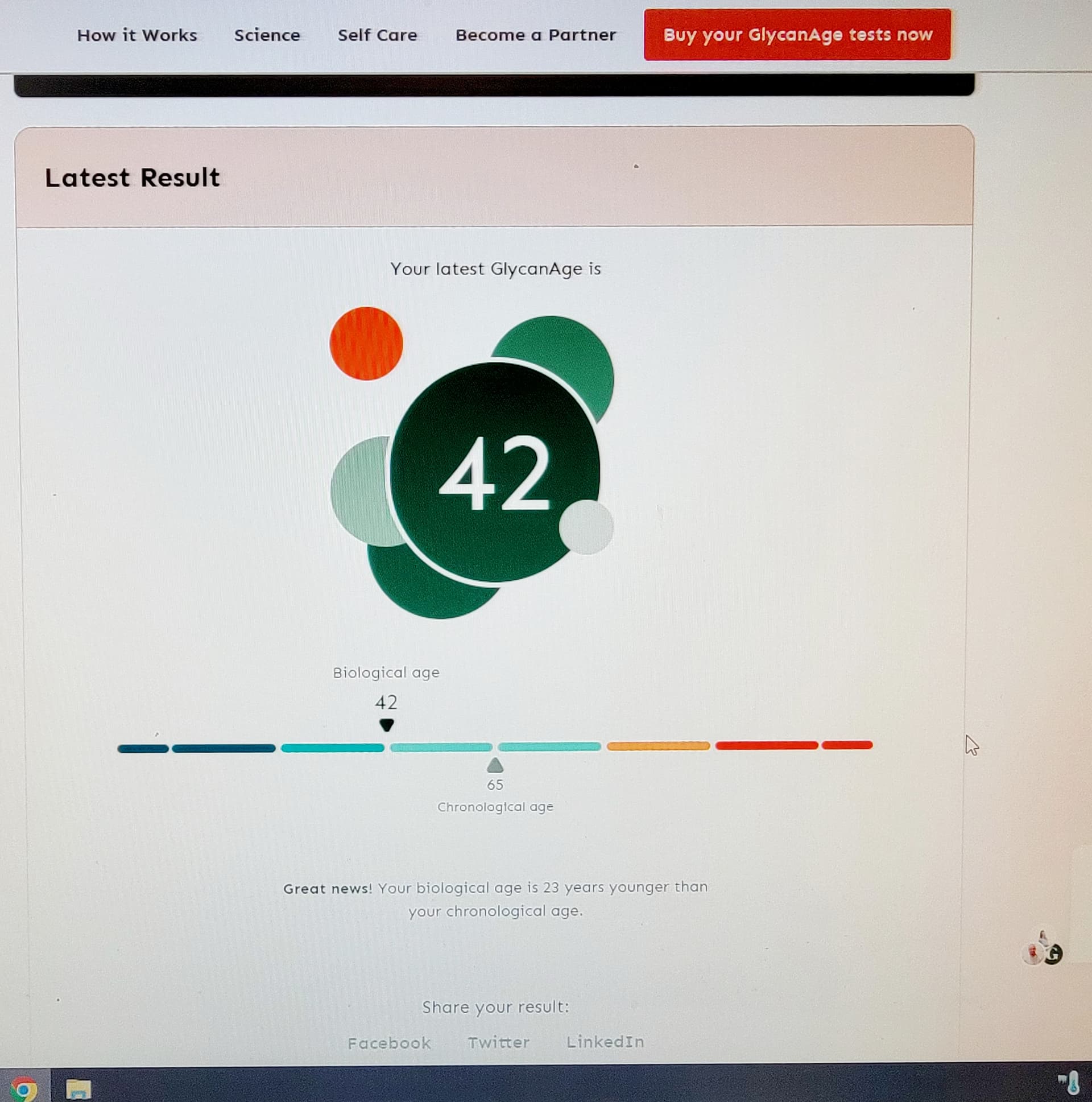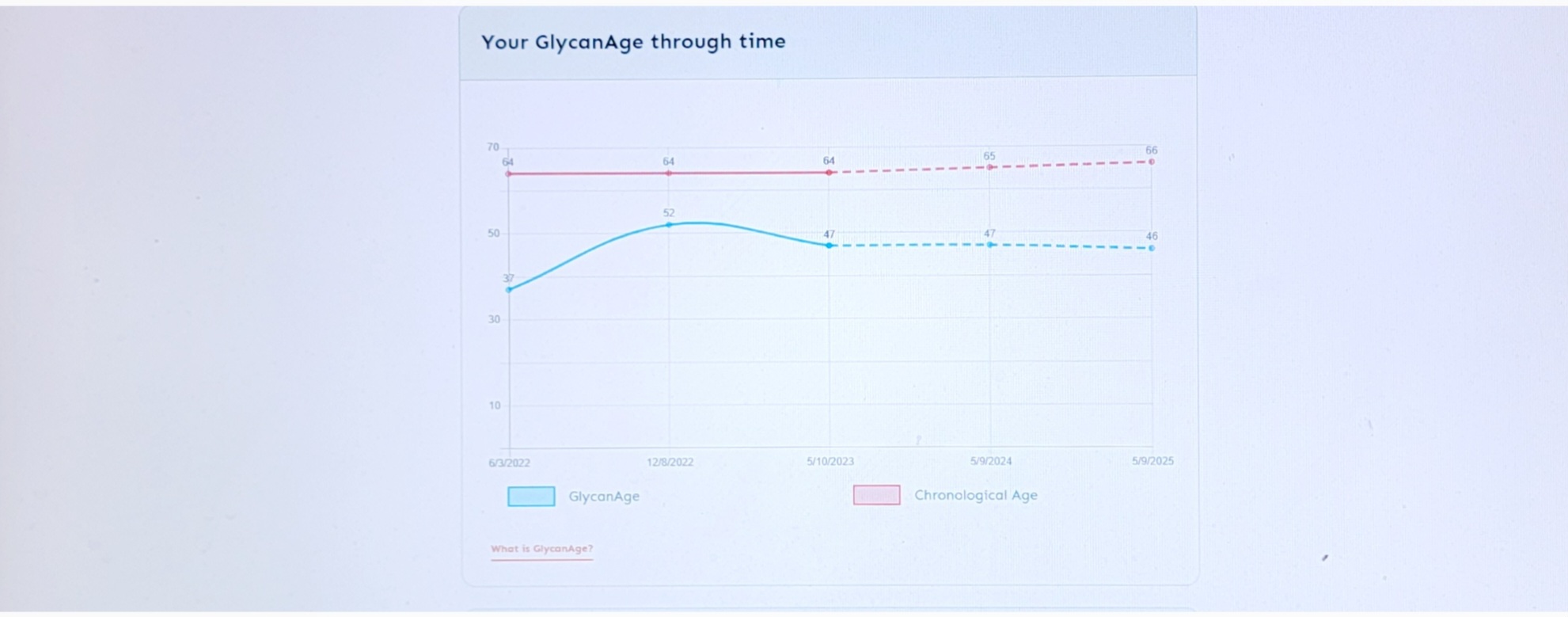@Olafurpall
I don’t know how I’m making an incorrect assumption. It is a fact that my rapamycin blood level was 31.9 ng/ml approximately 2 hours after my dosing with GFJ. Yes, that might not be my cMax, but unless I wear a “constant rapamycin monitor” (which doesn’t exist), it is impossible to know my cMax.
Yes, my cMax is dependent upon when I test and what is in my stomach and my uptake rate, etc. That is why I try to dose at the same time (9:00 a.m.) on an empty stomach.
You state that there are “significant day to day variations”. That certainly depends on your definition of “significant”. Do you have data to back up your statement, or is it an assumption?
I did test three days after my 4mg w/GFJ dosing (I would have done it at 48 hours, but LabCorp is closed on Sundays). You can read my post about that in the “blood testing” forum. My test showed that my blood level was down to 2.9 ng/ml after 76 hours. Seems like I have a pretty high dissapation rate.
I do think cMax is important, and I do realize that my 2 hour post-dosing test is not exact.
What I’d like to know about dosing rapamycin:
Is having a high cMax the most important thing? I could argue that it might be (I think I read that Dr. Green believes that), as you might want to get the rapa molecule in every cell in your body and a high blood level would help. Or, is a cMax over some number non-optimal?
Is it better to have a lower cMax, but maintain that level for longer? That would indicate daily dosing, maybe with days without dosing.
Is it important to have rapa blood level at zero or close to zero for multiple days before you dose again? Or, only right before you dose again?
It seems that the answers are only best guesses. It would be nice if the NIH would fund some dosing studies…

